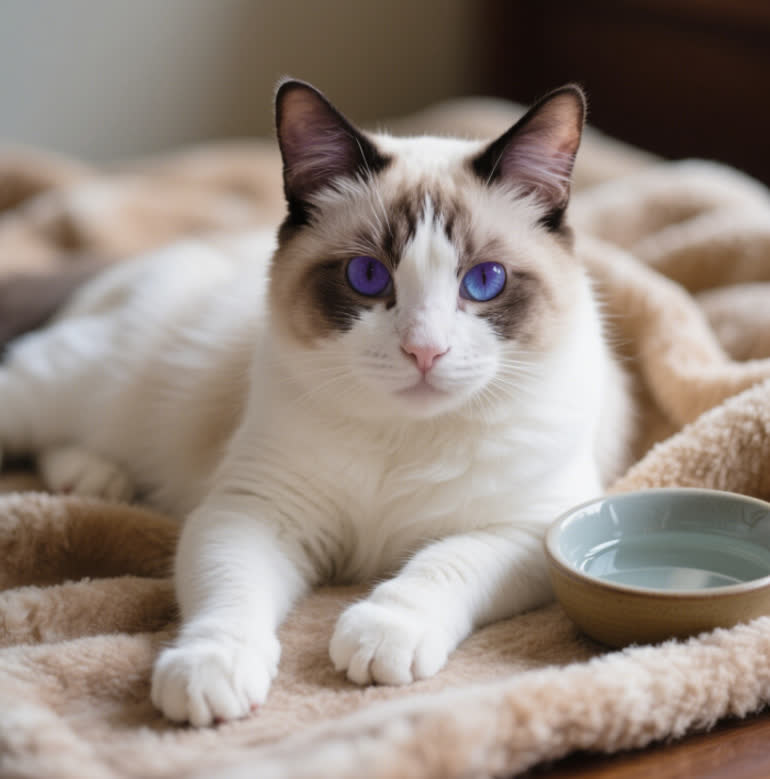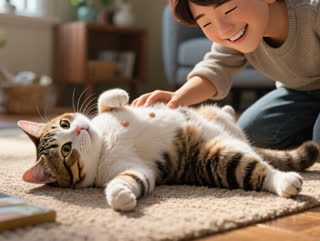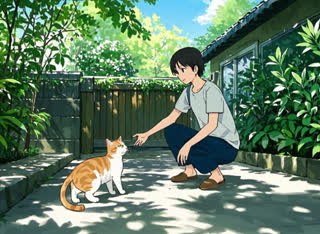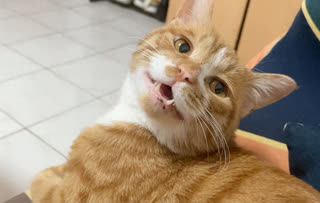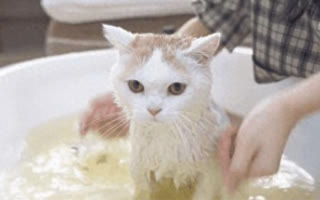The Snowshoe cat breed, known for its striking white paws and affectionate personality, captivates owners with another unique trait: mesmerizing eyes that range from deep sapphire blue to vivid aqua-green. But what causes these snowshoe cat breed eye color variations? Genetics, age, and even health factors play a role in shaping their ocular hues. In 2024, feline geneticists and breeders are uncovering new insights into how these variations develop and what they reveal about the breed’s lineage. This guide dives into the science behind Snowshoe eye colors, debunks myths, and explains how to maintain your cat’s eye health.
The Genetics Behind Snowshoe Cat Eye Colors
Snowshoe cats inherit their eye color from a combination of Siamese and American Shorthair ancestry. The Siamese gene (associated with blue eyes) often dominates, but hybrid breeding introduces other pigments. Dr. Emily Carter, a feline geneticist, notes: “Snowshoe cat breed eye color variations arise from incomplete dominance of the TYRP1 gene, which allows for blended hues like blue-green or gold-flecked blue.” Key factors:
Kitten Development: All Snowshoe kittens are born with blue eyes; true colors emerge by 8–12 weeks.
Pointed Pattern Influence: Darker coat points (ears, face) often correlate with deeper blue eyes.
Rare Variants: 5% of Snowshoes develop odd-eyed traits (one blue, one green) due to mosaicism.
Common Snowshoe Eye Colors & Their Meanings
Sapphire Blue
Classic Siamese inheritance.
Linked to temperature-sensitive albinism (like all pointed cats).
Aqua-Green
Hybrid trait from American Shorthair lineage.
More common in cats with lighter seal or lilac points.
Gold or Amber
Rare and often mistaken for mixed breeding.
Associated with recessive genes in non-purebred lines.
Fun Fact: In 2024, the International Cat Association (TICA) added “aqua” as a distinct eye color category for Snowshoes.
Health Factors Affecting Eye Color
While snowshoe cat breed eye color variations are mostly genetic, sudden changes can signal health issues:
Cloudiness or Discoloration: May indicate cataracts or uveitis.
Redness: Allergies or infections (common in cats with lighter eyes).
Persistent Blue in Adults: Rare but linked to deafness (as in white-coated cats).
Vet Tip: Annual eye exams using fluorescein staining can catch early problems.
Debunking Myths About Snowshoe Eyes
Myth 1: “Green-eyed Snowshoes aren’t purebred.”
Truth: TICA recognizes green/aqua eyes in pedigreed Snowshoes.Myth 2: “Eye color predicts personality.”
Truth: No scientific link exists—temperament depends on socialization, not hue.Myth 3: “All blue-eyed Snowshoes are cross-eyed.”
Truth: Crossed eyes (strabismus) are rare in modern Snowshoe lines.
2024 Innovations in Eye Care for Snowshoe Cats
DNA Color Tests: Kits like Basepaws now screen for eye-color-related genes.
Hypoallergenic Eye Wipes: Brands like Eye Envy combat tear stains without harsh chemicals.
UV-Protective Collars: Protect light-eyed Snowshoes from sun damage during outdoor time.
How to Photograph Snowshoe Eye Colors
Lighting: Use natural daylight near windows to enhance blue/green tones.
Angles: Shoot at eye level to capture subtle color gradients.
Editing: Adjust saturation +10% (max) to avoid distorting true hues.
Understanding snowshoe cat breed eye color variations enriches your bond with these charismatic felines. Whether your Snowshoe sports sapphire, aqua, or amber eyes, regular vet checkups and gentle cleaning (use pH-neutral wipes!) will keep their gaze bright and healthy. For breeders, DNA testing ensures ethical practices when selecting for rare eye traits.
